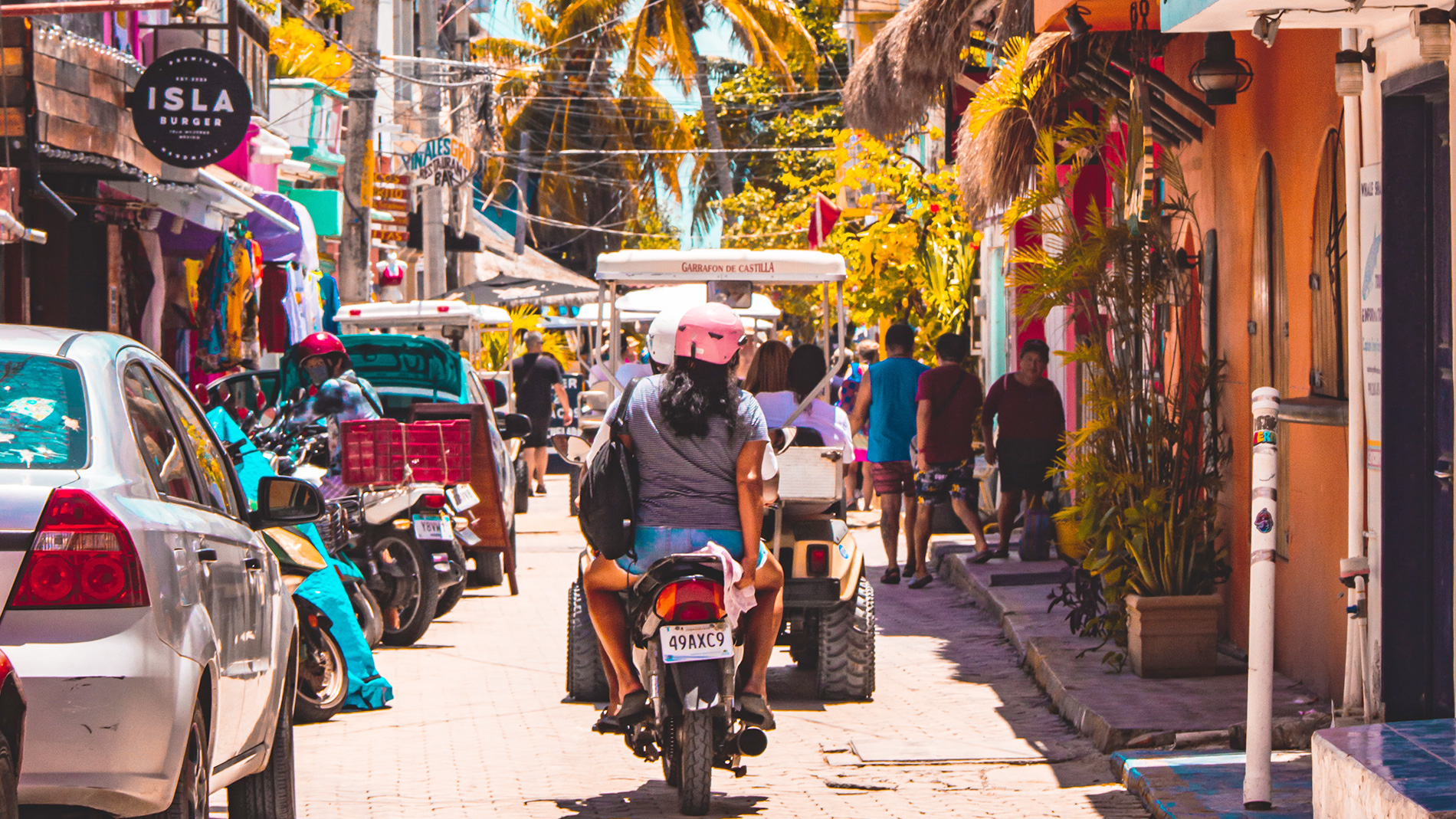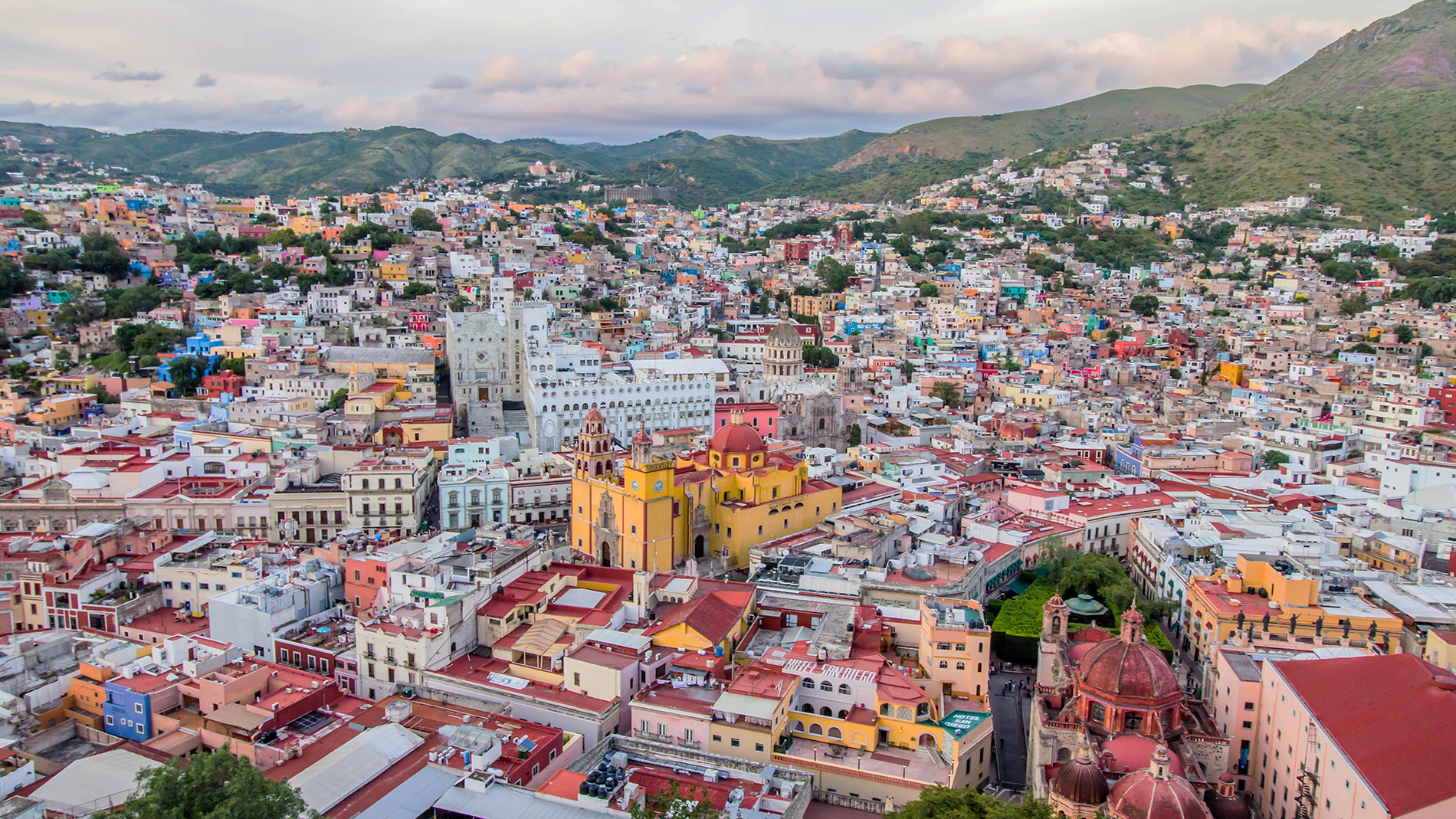Mexico is a diverse, dynamic country with a thriving tourist economy. From the beautiful sandy beaches of Baja California Sur to the thriving metropolitan capital of Mexico City, millions of Americans take a trip to Mexico each year for rest, relaxation, and an epic vacation.
In fact, travel to Mexico from the U.S. reached an all-time high of nearly 40 million in 2019, before the pandemic set in.
Despite its status as one of the world’s leading vacation destinations and home to numerous UNESCO World Heritage Sights, some travelers understandably want to know more about Mexico’s reputation regarding travel safety before they decide to book their trip.
There are numerous things to take into account when assessing travel safety in Mexico. The answer to the question: “Is Mexico safe?” can include health concerns, potential political instability, and the rates of violent crime and theft.
Travelers who are planning to buy travel insurance prior to their trip may want to know what types of additional coverage may be necessary given the risk profile on the ground.
The best approach is to do your research, while not getting too obsessed with trying to find a perfectly safe destination. Travel, and indeed life itself, always involves a certain amount of risk, and your best asset to ensuring your safety and security abroad is a healthy amount of common sense.
So let’s take a look at some of the more pertinent health and safety information for people planning on traveling to Mexico.

Is it safe to travel to Mexico?
So, should you go to Mexico right now? Whether or not it’s safe to visit will depend greatly on which parts of Mexico you are visiting during the course of your trip. The U.S. Department of State has previously deemed Mexico at a “Level Three” in its travel advisory system. This means travelers should “reconsider travel” if possible.
However, it’s important to know that these advisories change often, and to remember that not all parts of the country bear the same level of risk. According to the U.S. Department of State, Americans will face a different level of risk and danger depending on which state of Mexico they are traveling to. In Mexican states where there is an elevated risk of crime and kidnapping, there may be a Level Four advisory, meaning Do Not Travel.
This Level Four designation is due to the fact that crime and kidnapping are common in these areas due to organized criminal activity, gang related violence, and drug cartels. Unfortunately, drug related violence is common in Mexico.
Popular tourist destinations that have fallen under this level four warning in the past include Acapulco, which is located in the state of Guerrero. The tourist-heavy town of Sayulita, located in the state of Nayarit, has been given a Level Three warning in the past, meaning Americans should “reconsider travel.”
Keep in mind that the State Department also warns that in these high risk areas, “the U.S. government has limited ability to provide emergency services to U.S. citizens in many areas of Mexico, as travel by U.S. government employees to certain areas is prohibited or restricted,” to limit the risks posed by criminal groups.
There are, however, other parts of Mexico where less caution may be warranted. Mexico has entire regions and states whose economies depend heavily on tourism. Those areas where the visitor economy is the source of many people’s livelihoods will generally be more hospitable and welcoming to tourists than areas where foreign visitors rarely go.
In addition, the presence of law enforcement is generally more robust in tourist destinations. The tourist-heavy states of Baja California Sur, Quintana Roo, Oaxaca, and Mexico City contain popular tourist destinations including the capital city (Mexico City), Cabo San Lucas, Puerto Vallarta, Tulum, Cancun, Cozumel, Playa del Carmen, Oaxaca, and Todos Santos.
In all of these destinations, it’s wise to exercise increased caution no matter what the current warning level is.

Safety tips for Mexico
In general, there are plenty of ways to increase your odds of staying safe in Mexico. As is true anywhere you visit in the world, common sense and being aware of your surroundings at all times go a long way towards ensuring your safety.
Other safety tips for traveling in Mexico include:
- don’t flaunt expensive items or cash to avoid petty theft or petty crime
- exercise extreme caution at ATMs and banks
- be careful when out drinking at nightlife spots or casinos. Always keep your drink in front of you and never accept drinks from strangers
- keep your doors locked at your hotel or vacation rental
- don’t drive or go out alone at night
- stick with reputable and licensed taxi drivers and cab companies
- be especially aware of your surroundings on public transport. Buses especially can get very crowded in places like Mexico City, which make it easy for ‘bump and run’ pickpocketing tactics
For women, avoiding walking alone at night is especially important to decrease the risk of sexual assault. As always, listening to the advice of your local guides, concierge, or accommodation provider when it comes to local safety measures, is always wise.
When it comes to health and safety, you’ll also want to adhere to best practice regarding eating and drinking in regions where sanitation may be subpar. Drink bottled water, avoid ice cubes, wash your hands thoroughly before each meal, and avoid eating any raw vegetables and/or fruit that cannot be peeled. These measures make it less likely you’ll be exposed to food or water-borne illness.

How safe is Mexico City?
As the largest city in North America, Mexico City is bursting with unforgettable travel experiences, from an incredible array of world-class museums and cultural experiences

What’s the climate in Canada like?
Canada is a vast country which rightly has a reputation for cold and snowy weather. Its northern latitude positioning and the presence of the massive
